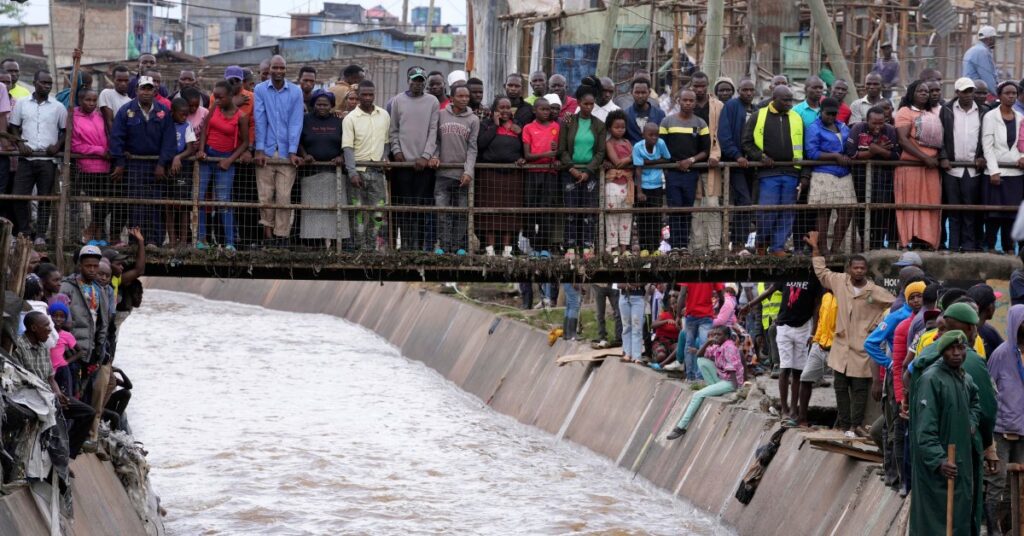(Nairobi, Kenya) – The Kenyan government has begun bulldozing homes built in flood-prone areas, offering relocation costs to families forced to leave after evacuation deadlines passed amid heavy rains. I was promised the equivalent of $75.
In the capital Nairobi, a bulldozer tore through a steel wall as people watched in despair. Security forces armed with guns and batons stood guard and fired tear gas at some residents. The government last week told thousands of residents living near rivers, dams and other flood-prone areas to evacuate as heavy rains have killed 238 people in recent weeks.
Most of those whose homes were demolished say they don't know where to go, even though the government claims they have been informed of their options. Human Rights Watch criticized the government's inadequate response.
“Now, what shall we do? We love the president, so we supported him. He should come to our aid,” Jekenke Jegeke told The Associated Press.
President William Ruto visited the vast Matale informal settlement on the Nairobi River on Monday and said people whose homes had been demolished would be given 10,000 Kenyan shillings ($75) to help resettle elsewhere. ) was given.
According to civil society groups, three people, including two children, were killed by bulldozers during demolition work in Mathare (one before the presidential visit and two after the visit).
Opposition leader Raila Odinga last week warned the government against demolishing more homes without a resettlement plan in place.
Kenya's floods have affected 235,000 people, most of whom are living in camps.
Interior Minister Kitule Kindiki on Tuesday reiterated an evacuation order for 200 families living in the Kijabe area, an hour's drive from Nairobi. Around 60 people were killed and homes washed away in the region last week when water broke out in a blocked railway tunnel.
The disaster prompted the government to issue an evacuation order. It is unclear how many homes have been demolished across Kenya since then.
Meanwhile, Kenya's Cabinet announced that water levels at Masinga and Kiambale, the country's two main hydroelectric dams, had risen to “historic levels” and people living downstream of the Tana River had been ordered to leave.


